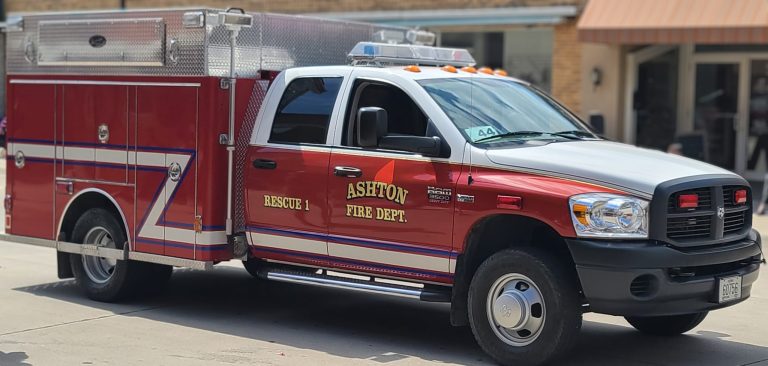Northwest Iowa — The Aurora Borealis, or more commonly known as the “northern lights” made their second appearance this spring across the broadcast area and beyond.
The lights came as a result of a coronal mass ejection from the sun. The particles from the sun are fairly common, but not oftentimes to the extent that they were as a result of this most recent geomagnetic storm.
The National Oceanic and Atmospheric Administration, or NOAA, says that on April 21st, the sun released a coronal mass ejection, or CME, directed toward Earth. This resulted in their issuance of what’s called a “G4 Geomagnetic Storm Warning”. The scales go from G1, which is fairly minor, to G5, which is extreme. With a G4 level storm warning, there could be widespread voltage issues in the power grid, orientation problems on spacecraft if corrections are not made, and affects to radio signals, as well as degraded GPS navigation. With a G4 storm, the aurora has been seen as far south as Alabama and northern California.
According to NOAA, the sun goes through 11-year cycles. A G4 storm has an average frequency of around 100 occurrences per cycle worldwide. Those 100 occurrences, on average, have a total of 60 days per 11-year cycle. In perspective, a G1 storm can be expected 1700 times per cycle, comprising of 900 days on average, and a G5 storm, the highest category, on average happens only 4 times, affecting 4 days per 11-year cycle.
The last time the northern lights were visible in our broadcast area was exactly one month before Sunday night’s light show, on March 23rd.
Images below taken northwest of Sheldon by Mark McHugh:















